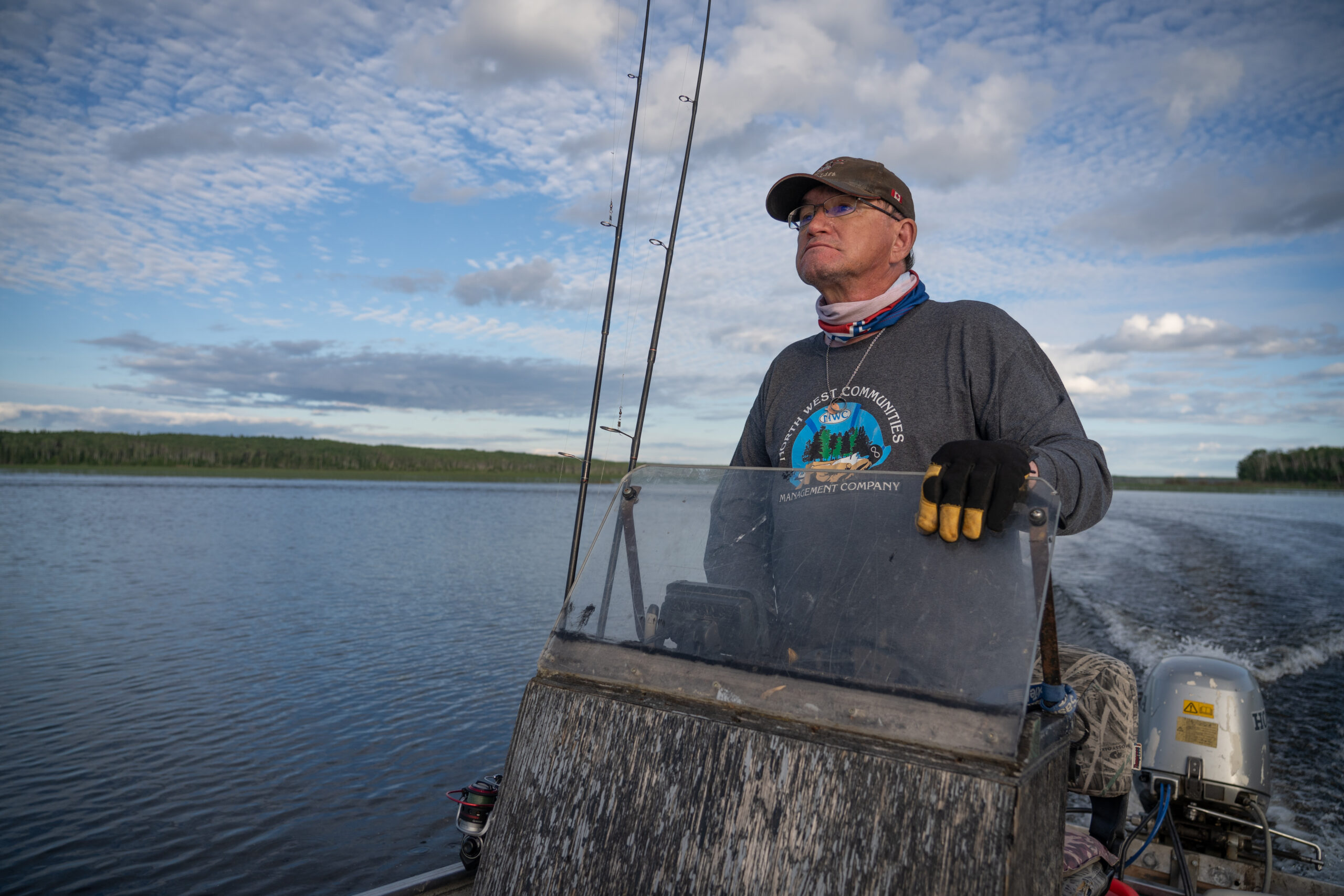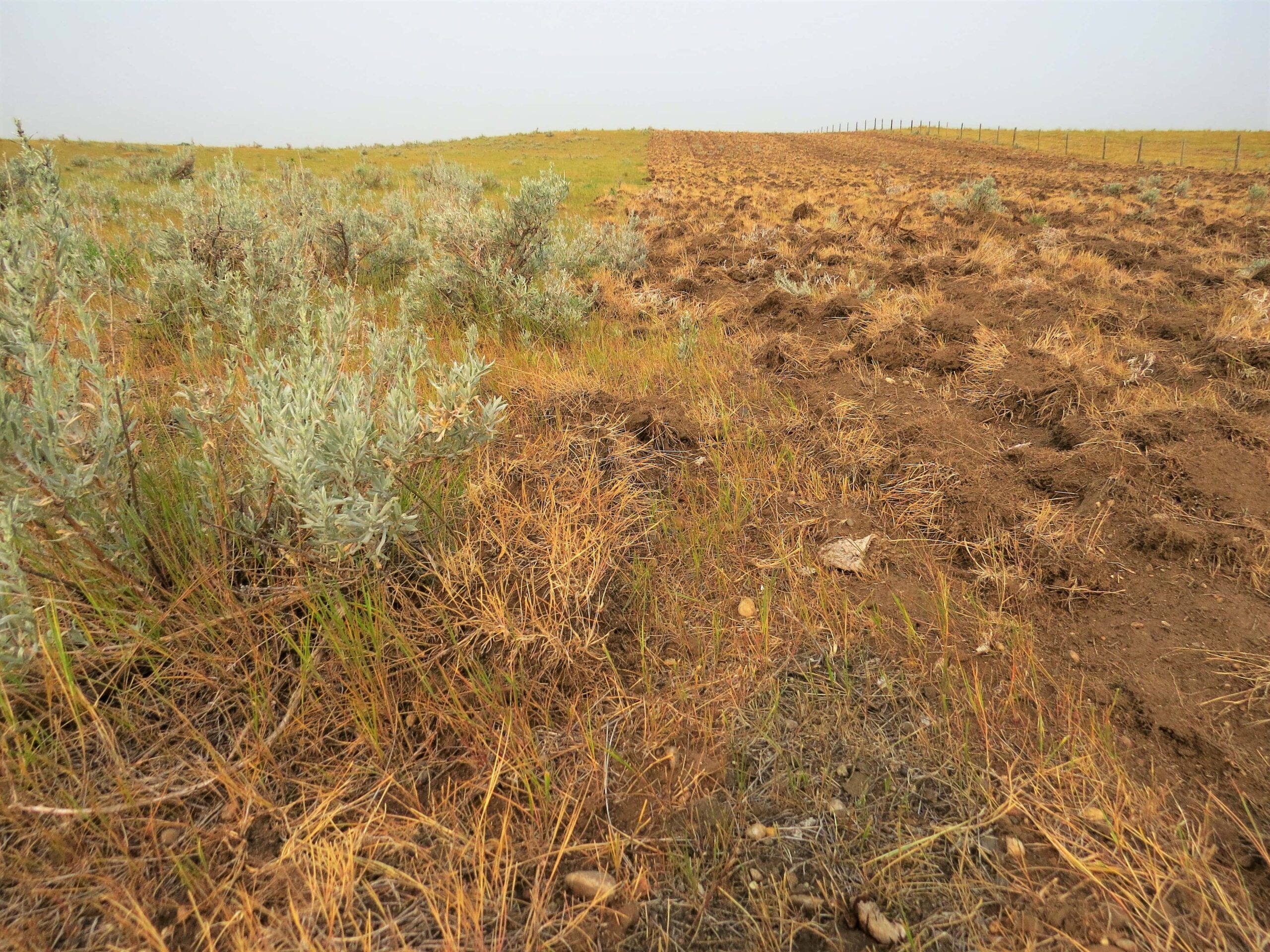
Hope for a huge, ancient and imperilled fish
First Nations are leading efforts to make sure lake sturgeon can find a home in...
Trevor Herriot is a Regina-based writer, naturalist and grassland advocate.
As representatives from around the world were starting to gather in Montreal at COP15 to work toward an agreement to stave off biodiversity collapse, Saskatchewan Premier Scott Moe decided it was a good time to say a few things about his province’s environmental sustainability and stewardship.
No matter that Saskatchewan was ranked dead last in the environmental report cards handed out to the provinces by the Conference Board of Canada. According to Premier Moe and the new website he launched, “Saskatchewan has some of the highest-quality and sustainably produced food, fuel and fertilizer, that a growing world needs.”
A quick glance at the website, filled with images of hard-working people out on the land, reveals a set of measurements carefully curated to show that “in the areas of sustainable resources, environmental stewardship, community support and clean energy Saskatchewan is rising to the challenge.”
Some of the site’s figures are crying out for scrutiny, but there is more to be learned by looking at the environmental indicators they chose to leave out.
Here is how Saskatchewan measures up if you apply international standards and independent academic research to assess the province’s record on sustainability and stewardship.
The 2022 Environmental Performance Index, put together by Yale and Columbia Universities, ranks 180 nations in eleven categories of environmental performance. In the agriculture category, Canada, with Saskatchewan as its most agricultural province, ranked 64th, well behind countries like Argentina, Croatia, Denmark and the United States.

More importantly, the province’s own State of the Environment Report, hardly robust accounting, admits that Saskatchewan is losing natural cover in what they refer to as “the agricultural zone” — i.e. south of the boreal forest. Under the “agricultural land cover” section, the report says in recent years farmers have increased their cropped acreage, not only by adopting zero tillage practices but also “at the expense of wetlands, woodlands and permanent cover such as tame hay, pasture and native rangelands.”
Andrea Olive, a recognized expert in environmental policy at the University of Toronto, argues Saskatchewan has the weakest laws for endangered species and habitat protection in the country.
Much of the world considers the percentage of natural areas protected and conserved to be a vital indicator of environmental stewardship and health. Nations at COP15 are moving toward a target of protecting 30 per cent of terrestrial land cover for nature.
How is Saskatchewan doing? It is still working toward the old international target of 12 per cent, set in 1987. The latest figures from the province’s State of the Environment Report indicate Saskatchewan is stuck at 9.76 per cent, with roughly 6.3 million hectares protected. It is worth noting, however, that almost 2.4 million of those hectares are provincial lands leased out for private agricultural interests.

Some of the most recent data on the state of wetlands in Saskatchewan comes from a 2011 report by the Prairie Habitat Joint Venture. Monitoring wetlands in the three Prairie provinces over a ten-year period, their report showed the rate of “absolute gross total wetland loss” was greatest in Saskatchewan. More than 56 per cent of the area of wetland monitored was drained away by farmers during that decade.
Alberta and Manitoba have wetland policies to ensure that there will be no net loss of grassland, but in Saskatchewan there is no wetland policy. The Water Security Agency continues to license illegal and new drainage without any requirements for retention or restoration.
Peter Leavitt, a Canada Research Chair in Environmental Change and Society, says Saskatchewan has lost more than half of its wetlands in the last century. As well, he and his colleagues have released studies showing nearly half of the permanent surface waters in southern Saskatchewan have levels of algal toxins above World Health Organization thresholds.
Fossil analyses conducted by Leavitt and others make it clear these damages are greatest in areas with intense agriculture. They have resulted in toxic algal blooms at levels far above any prior to the advent of farming.
The same Prairie Habitat Joint Venture study showed that over that decade the study area lost 3.6 per cent of its native grassland. The Nature Conservancy of Canada estimates Saskatchewan has lost more than two million acres of native grassland over the past 25 years.

Saskatchewan’s emissions per capita are the highest in Canada at 55.9 tonnes of carbon dioxide equivalent, which is 216 per cent above the national average of 17.7 tonnes per capita. And those figures do not include the enormous volumes of carbon pollution released by the agriculture industry when acres of wetlands and land with natural cover are drained, plowed, bulldozed and burned.
None of these emissions are being accounted for by Saskatchewan’s government and its controversial climate change strategy, “Prairie Resilience,” launched five years ago this month and roundly criticized.
The strategy, with its subtitle declaring that it was “Made-in-Saskatchewan,” may play well to a portion of the electorate, but when a government makes up its own indicators, ignoring science and international standards, it is practicing self-delusion. Nature has no respect for politics or the boundaries drawn on maps. Biodiversity loss in Saskatchewan or anywhere has national and international consequences.
As Saskatchewan people, we need to look beyond our borders and listen to the scientists and conservation organizations who monitor and measure environmental damage using widely-accepted indicators and methods.
Who knows? We may even find that some of the innovative systems, policies and practices that are working elsewhere to protect biodiversity and reduce carbon pollution will work here as well.
If we don’t, Saskatchewan exceptionalism will prove to be as damaging a form of hot air as the other gases we release at world-leading levels.
Get the inside scoop on The Narwhal’s environment and climate reporting by signing up for our free newsletter. Angello Johnson’s shoulders burn, and his arms...
Continue reading
First Nations are leading efforts to make sure lake sturgeon can find a home in...

We’re excited to share that an investigation by The Narwhal is a finalist for the...

A new documentary, Nechako: It Will Be a Big River Again, dives into how two...
